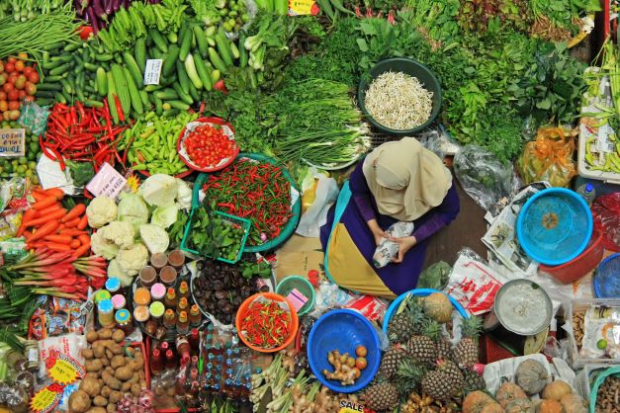FAO Strategy on Mainstreaming Biodiversity across Agricultural Sectors

Achieving food security and nutrition for all depends on biodiversity, which generates multiple livelihood benefits. Biodiversity provides regulating and supporting ecosystem services including nutrient cycling, soil formation and rehabilitation, carbon sequestration, water storage and filtration, habitat provision for wild species, biological pest control and pollination. Biodiversity makes production systems and livelihoods more resilient to economic, social and environmental shocks and stresses, including the effects of climate change.
The 2030 Agenda for Sustainable Development puts biodiversity as one of the key elements for many economic activities, particularly those related to sustainable agricultural sectors.
To reduce the negative impacts of agricultural practices on biodiversity, to promote sustainable agricultural practices and to conserve, enhance, preserve and restore biodiversity as a whole, the Food and Agriculture Organization of the United Nations (FAO) has developed a comprehensive Strategy on Mainstreaming Biodiversity across Agricultural Sectors.
We invite you to download and read this guide to embed biodiversity considerations into policies, strategies, and practices related to crop and livestock production, forestry, fisheries and aquaculture.
DOWNLOAD HERE

Log in with your EU Login account to post or comment on the platform.